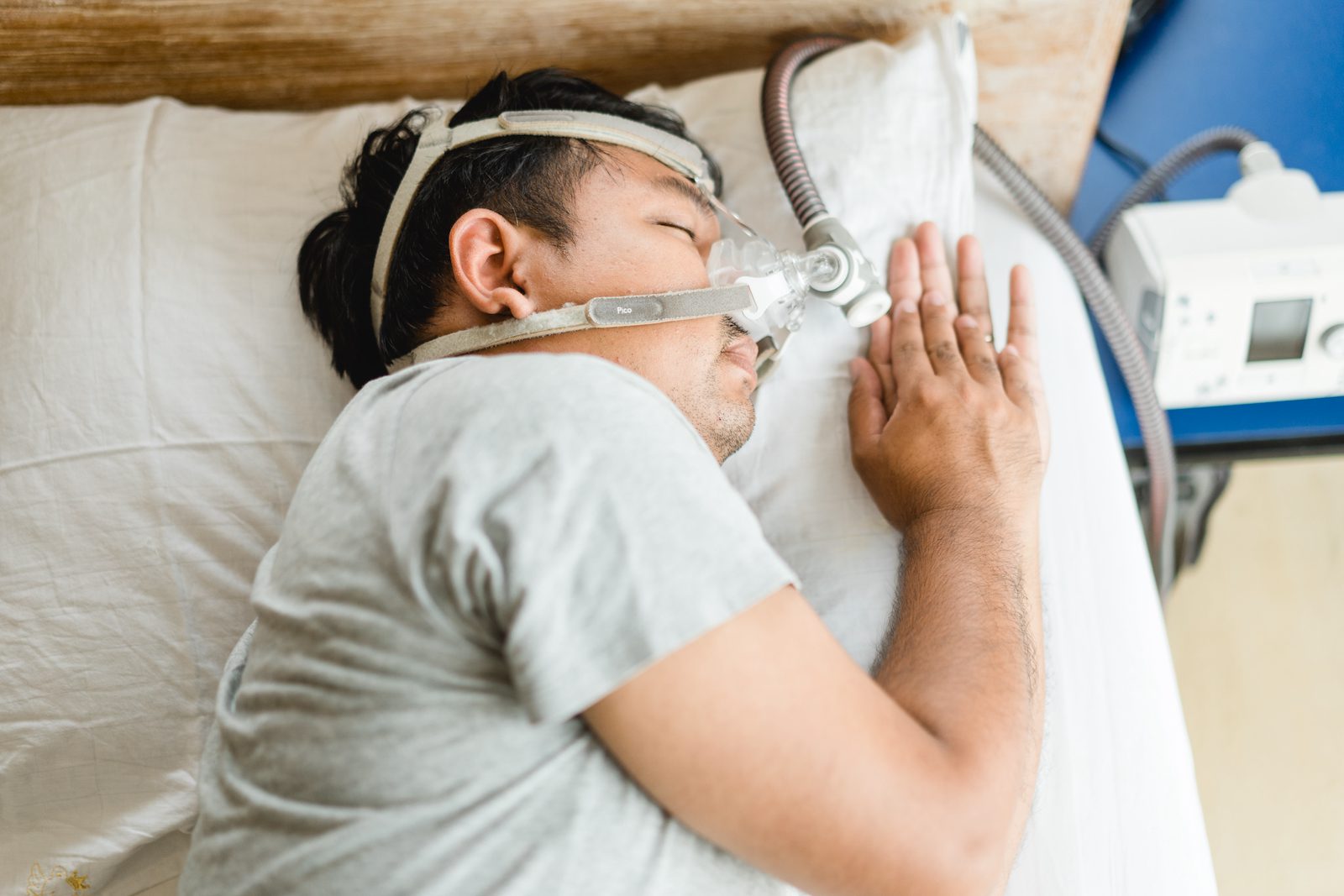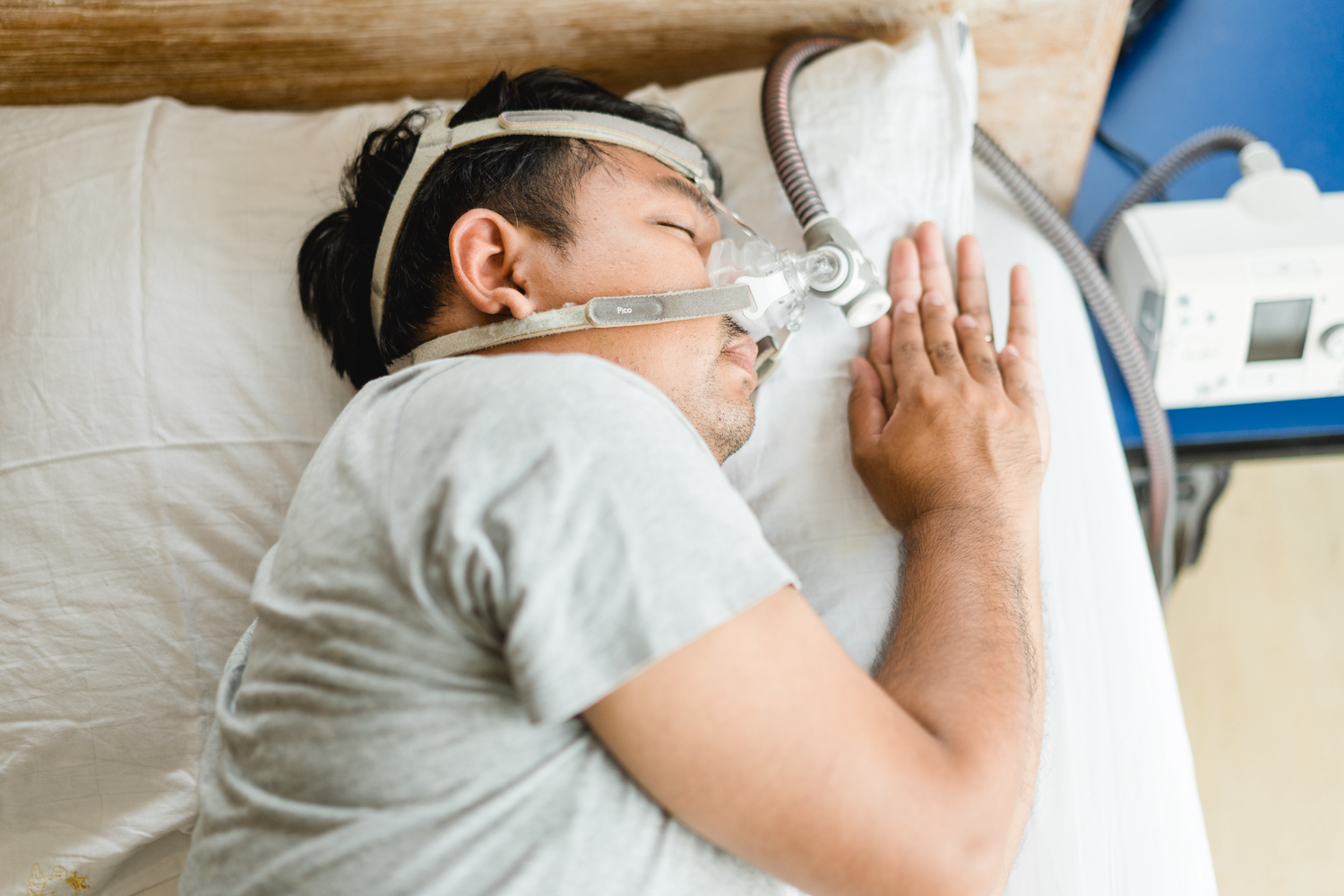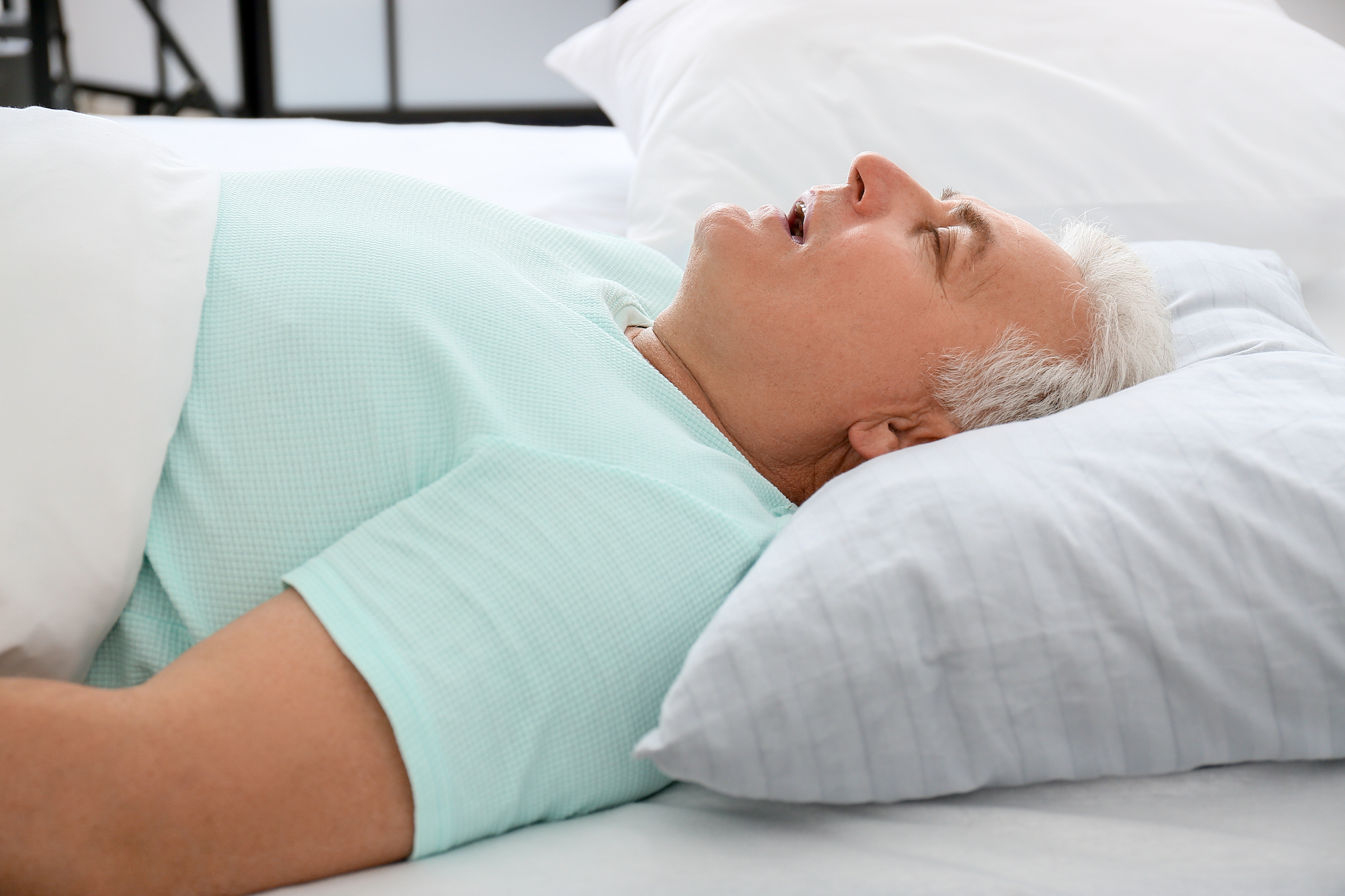The brain is an especially complex organ, controlling our body’s movements, interpreting our senses, and storing memories. Chiari malformations are usually the result of changes that happen to the skull and brain before birth.
Chiari malformations cause a displacement of the brain stem and cerebellum, two parts of the brain that are located next to each other. The brain stem is the part of the brain that controls sleep, breathing, and a number of other vital functions. The cerebellum coordinates your body’s balance and movement. The displacements of these parts of the brain increase your risk for sleep apnea.
What Is a Chiari Malformation?
Chiari malformations occur when the back of the skull forms an abnormal shape, forcing the lower portion of the brain called the cerebellum towards the base of the skull. This can push the cerebellum into the foramen magnum. The foramen magnum is opening where the brain stem meets the spinal cord.
There are several subtypes of Chiari malformations that vary in degree of severity. Type 1 and 2 Chiari malformations are the most common. Each type is classified by which parts of the brain are pushed below the base of the skull and what kind of symptoms an individual experiences.
Type 1 Chiari Malformation
In a type 1 Chiari malformation (CM), the lowest-lying part of the cerebellum descends through the opening in the base of the skull and into the spinal cavity. The brain stem remains inside of the skull.
In many people with this condition, the cerebellum may extend up to 3 mm into the spinal cavity and still be considered normal. A diagnosis of Chiari malformation is usually made when the cerebellum extends at least 5 mm or more past the foramen magnum.
Type 2 Chiari Malformation
In type 2 Chiari malformation, also called Arnold-Chiari malformation, more parts of the brain are displaced and pushed down through the base of the skull. The middle part of the cerebellum, the lowest-lying part of the cerebellum, and part of the brain stem protrude into the spinal cavity.
Type 2 CM is usually associated with a condition called myelomeningocele. In myelomeningocele, the bones of the spine do not fuse together completely and leave a gap. Through that gap, the spinal cord, cerebrospinal fluid, and spinal cord tissues (meninges) can bulge out, making them susceptible to damage.
Causes of Chiari Malformations
Chiari malformations usually are caused by abnormal development of the brain or skull while a baby is still in the womb. If CM forms before birth, it is known as a primary or congenital Chiari malformation.
The exact cause of congenital CM is not known, but researchers have several theories, including:
- Genetic mutations
- Deficiency of folic acid, a type of B vitamin, during pregnancy
- Infection during pregnancy
- Exposure of fetus to hazardous chemicals or drugs
Less commonly, skull changes may occur after a person has been born, leading to what’s called a secondary or acquired Chiari malformation. The cause of acquired CM can usually be identified and may include:
- Traumatic head injury after birth
- Infection after birth
- Pressure in the brain due to a tumor or the build-up of cerebrospinal fluid
Symptoms of Chiari Malformations
Although type 1 CM often develops before birth, people with this condition usually do not start experiencing symptoms until they are adolescents or adults. Some may not have symptoms at all. On the other hand, type 2 CM is usually diagnosed before birth or soon after.
Symptoms of type 1 and type 2 Chiari malformations can vary from person to person, depending on what parts of the brain and spinal cord are affected:
- Headache and neck pain, especially after coughing, sneezing, or laughing
- Muscle weakness or paralysis
- Difficulty swallowing
- Dizziness and fainting
- Problems with hearing or balance
- Vomiting or drooling
- Breathing issues
The Connection Between Chiari Malformations and Sleep Apnea
Adults with CM are more likely to be diagnosed with sleep apnea. Experts do not yet have a definite explanation for the link between Chiari malformations and sleep apnea. However, there are a few proposed reasons.
Sleep apnea is a sleep disorder that causes disrupted breathing during sleep. The two types of sleep apnea are obstructive sleep apnea and central sleep apnea.
Central sleep apnea occurs when the brain fails to signal the respiratory muscles in the body to breathe. In Chiari malformations, the brain structures are displaced downward, causing the brain stem and cranial nerves to be compressed. Researchers have suggested that compression in this area may also affect part of the brain that controls breathing, which in turn can increase the risk of central sleep apnea.
Obstructive sleep apnea is caused by a structural blockage of airflow in the mouth or throat. The tongue or soft palate of the mouth, for example, may become lax during sleep and collapse into the airway, causing interrupted breathing. People with CM may develop obstructive sleep apnea if the muscles of their mouth or throat are not functioning properly and block airflow during sleep.
Adults and children with CM are more likely to be diagnosed with sleep apnea.
How Are Chiari Malformations Diagnosed?
Chiari malformations (CMs) are diagnosed by using neuroimaging technologies that create pictures of the anatomical structures in the brain.
- Magnetic resonance imaging (MRI): Chiari malformations are usually diagnosed using magnetic resonance imaging, which can detect whether the cerebellum or brain stem are in an abnormal position.
- Computed tomography (CT) scan: When MRI cannot be used, a CT scan is an alternative to view the anatomical structures in the brain.
- Cerebrospinal fluid flow imaging: This method can show any abnormalities in flow of fluid through the brain.
Additionally, the doctor may ask questions about what kind of symptoms a person with suspected CM is experiencing. If they are having trouble sleeping, the doctor may refer them to sleep study to monitor breathing and electrical activity of the brain during sleep.
Treatments for Sleep Apnea With Chiari Malformations
There are several methods to treat sleep apnea associated with Chiari malformations. The specific treatments used depend on whether a person has central sleep apnea or obstructive sleep apnea.
- Continuous positive airway pressure (CPAP): CPAP uses a machine to pump air into the nose and/or mouth during sleep in order to keep the airway open. CPAP provides an unchanging, set level of air pressure throughout the night. It is used to treat both central and obstructive sleep apnea.
- Supplemental oxygen: Some people with central sleep apnea benefit from breathing extra oxygen at night, either on its own or in combination with CPAP therapy.
- Bilevel positive airway pressure (BiPAP): Like CPAP, BiPAP pumps air into the airway during sleep, but BiPAP differs from CPAP in that the level of air pressure for breathing in is different from the level of air pressure for breathing out. It is primarily used in central sleep apnea treatment.
- Adaptive servo-ventilation (ASV): ASV is a breathing device worn by some people with central sleep apnea. The device provides air pressure to assist in breathing during sleep and continuously adjusts the air pressure based on a person’s breathing patterns.
Decompression surgery may also be an option for individuals who have Chiari malformations that are causing symptoms. Surgical procedures may improve the flow of cerebrospinal fluid and lessen the pressure on the head.
However, decompression surgery as a treatment for sleep apnea in people with CM has not been thoroughly studied. In some case reports, surgery improved some symptoms of sleep apnea, but additional treatment was needed after surgery.



















